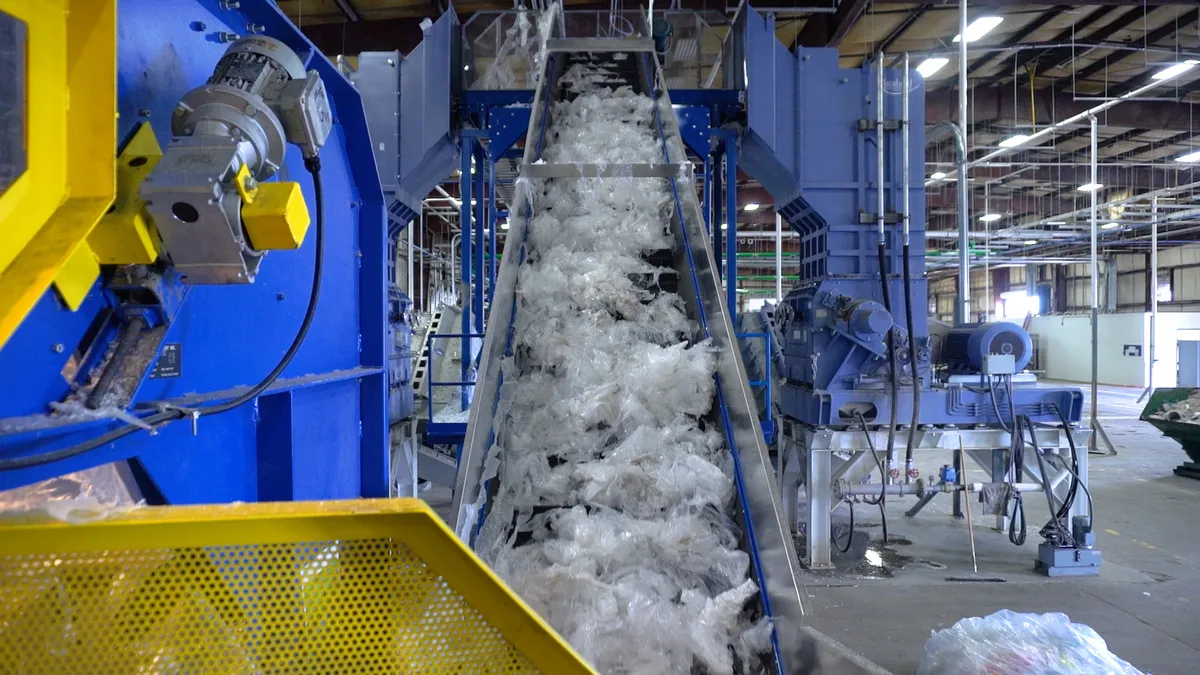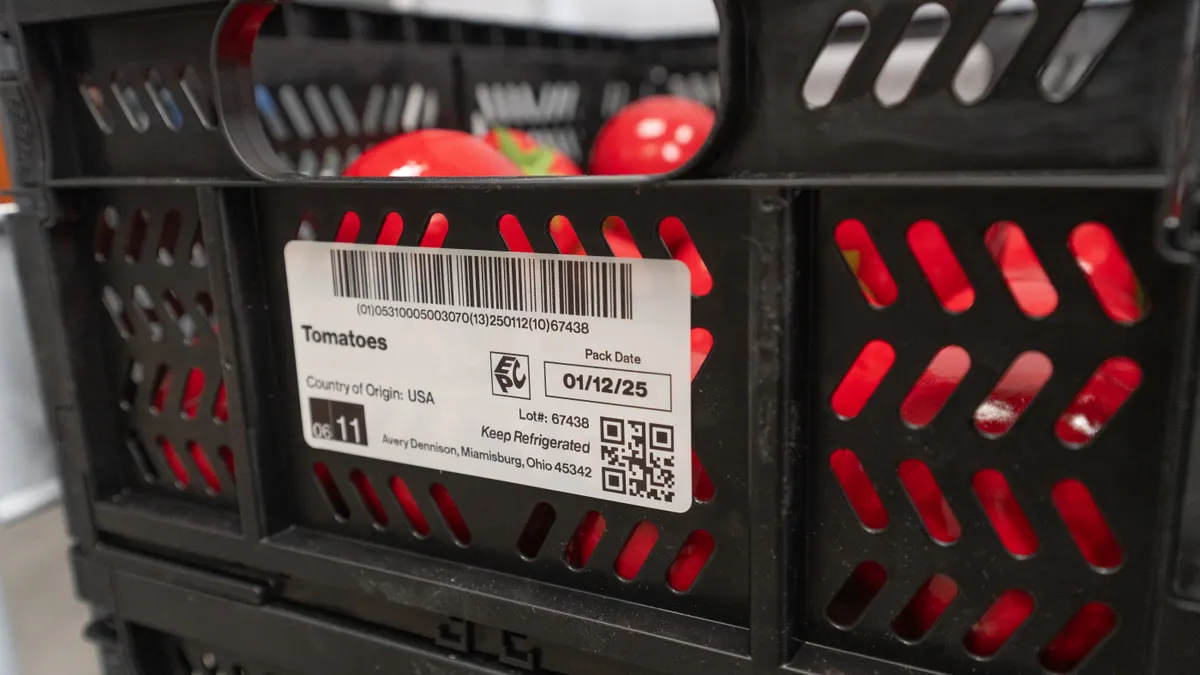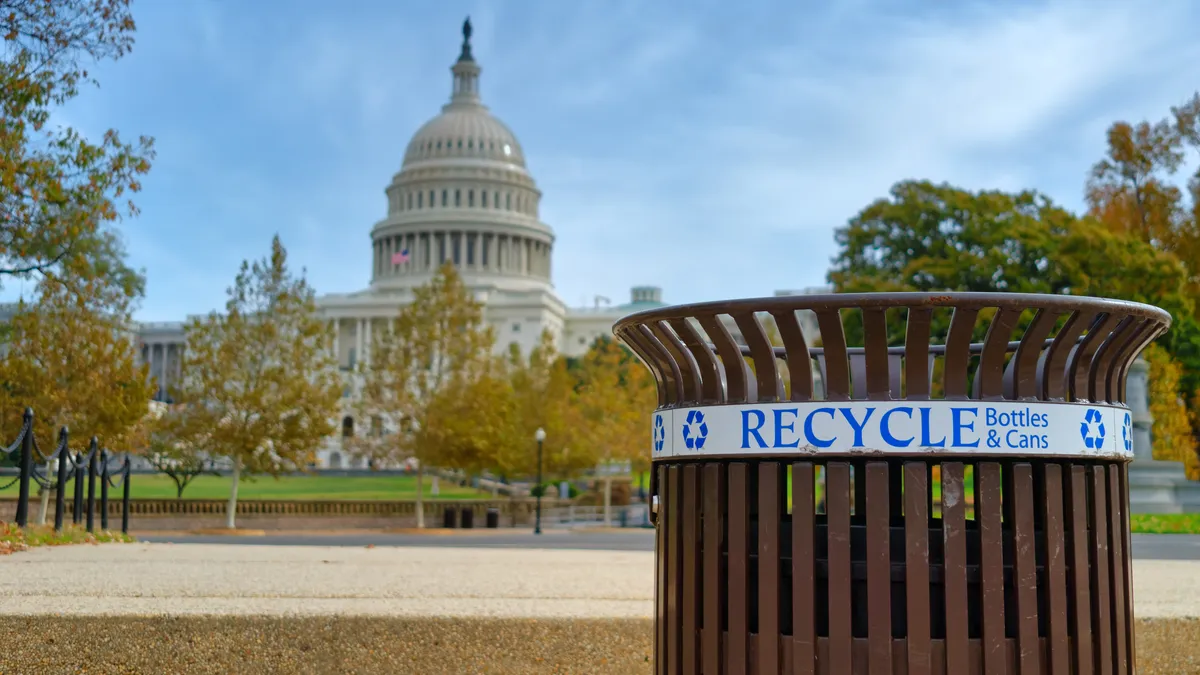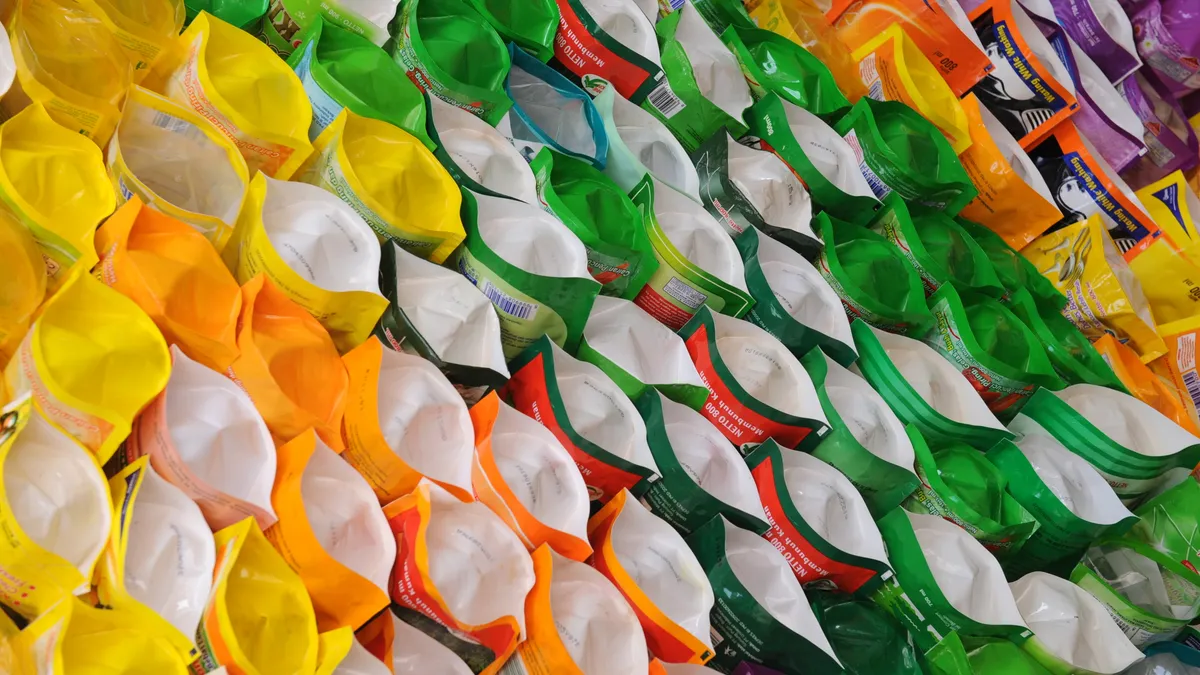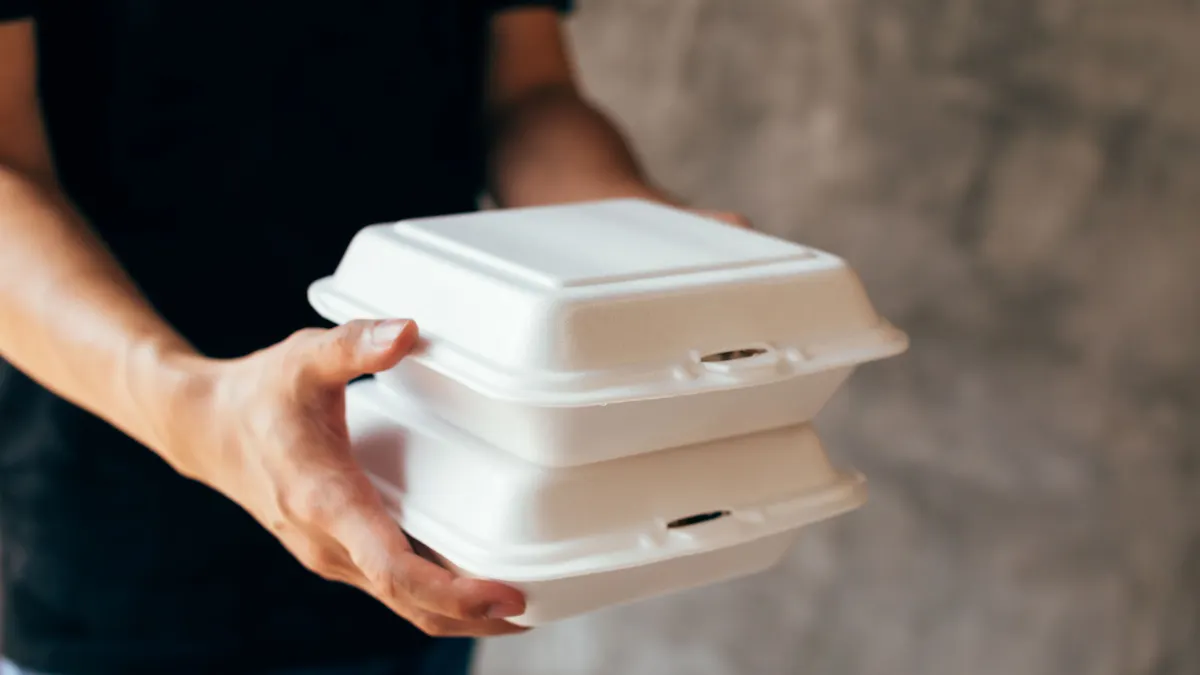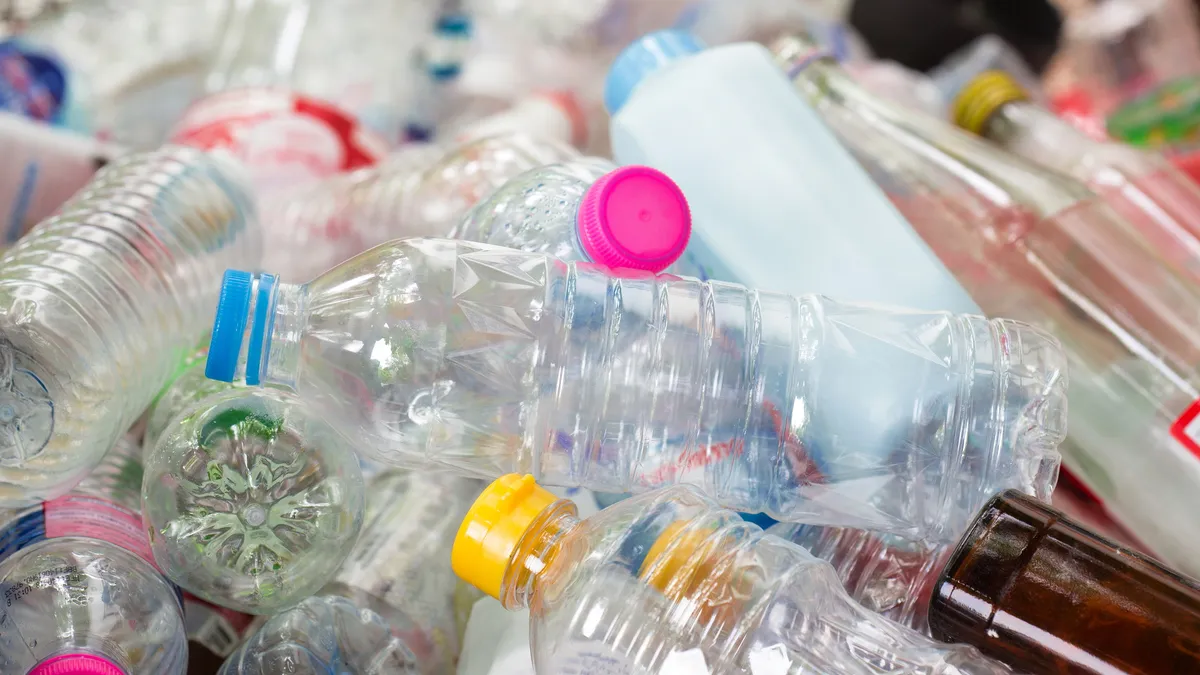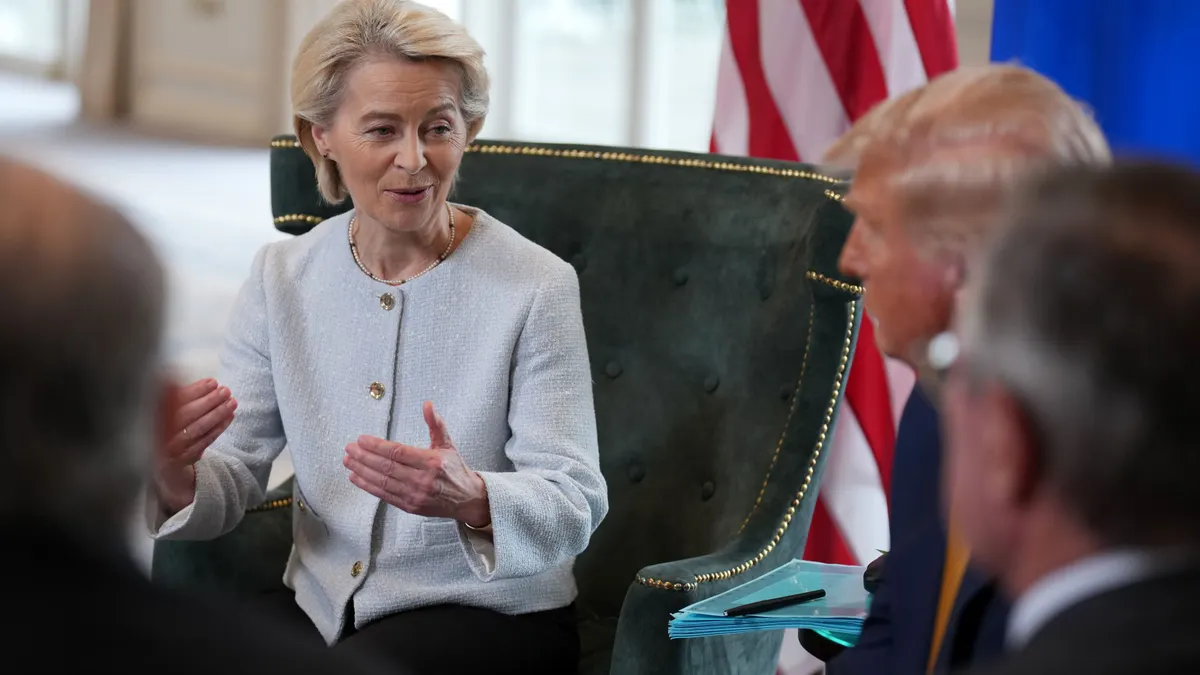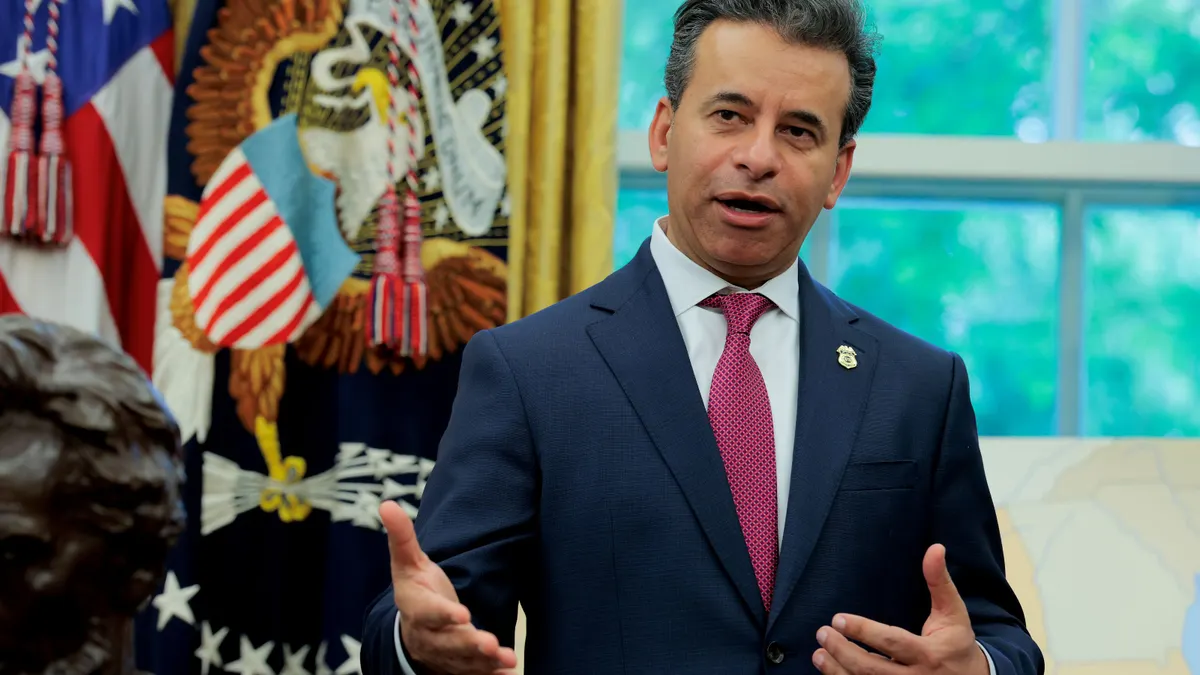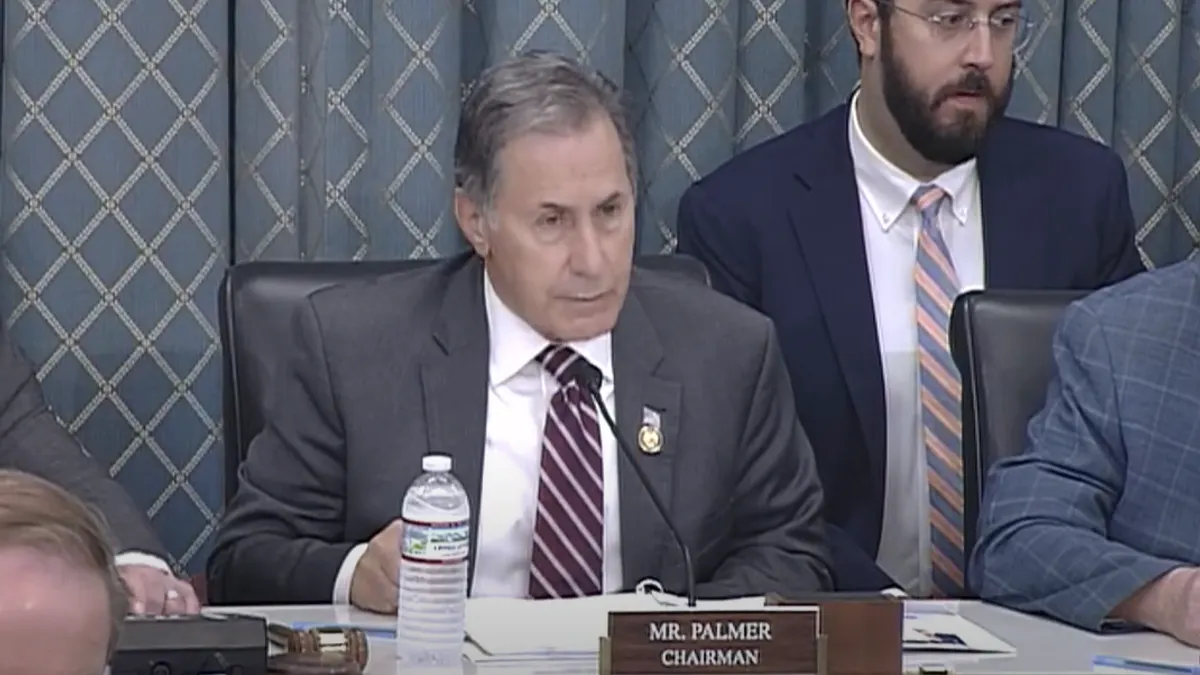GreenDot, an international provider of extended producer responsibility services and plastics recycling infrastructure, recently expanded into North America to tailor its services to recycling trends in the U.S. and Canada.
GreenDot’s North American division is part of the original GreenDot, a German organization that has been operating in Europe for more than 30 years. Along with EPR services, it offers consulting for major brands that need to meet recycled content mandates, and it also provides data collection and management services and other compliance and measurement features, said Leslie Hushka, GreenDot’s managing director.
GreenDot also aims to operate plastics recycling facilities in the U.S. for “hard to recycle materials,” a plan Hushka said is still in progress but mirrors infrastructure work GreenDot has done in Europe for the last 10 years.
GreenDot plans to draw on expertise and momentum from its long-established presence in Europe, but it will bring a “made in America” approach to its operations in the U.S., said Geoffrey Inch, vice president of sustainability and policy.
Staff understand the nuances of American recycling markets and infrastructure, as well as the complexities of how EPR for packaging programs and bottle bills differ from state to state, he said.
The North American staff includes former employees of waste companies like WM, Balcones Resources and Rumpke, plus employees from the robotics sector and the nonprofit sector. “It's a lot of local knowledge that we’re trying to leverage, as well as decades of background” in the recycling sector, Inch said.
EPR program consulting
GreenDot sees itself as a “full EPR services organization,” mainly for PROs that are beginning to form in U.S. states, Hushka said. Since PROs are often required to track and measure packaging they manage at end of life, GreenDot offers services like data collection and reporting guidance, as well as supply chain management and traceability services, she said.
GreenDot already has a good relationship with the Circular Action Alliance, Colorado’s brand-led PRO, and Hushka said they are willing to work with them “to get these programs off to a good start.” GreenDot has not established a PRO.
EPR has been a major part of GreenDot’s work in Europe for decades. It designs and manages producer-led EPR programs “from soup to nuts,” she said. That includes considering how material is collected, processed and tracked. GreenDot often works with members of PRO Europe, the umbrella organization for European packaging recovery organizations.
“We recognize that the system is different in France than it is in Belgium than it is in Germany, and you'll have to have a made-in-America solution here,” she said. “We see a lot of opportunity in the U.S. as more states consider EPR as a way to increase recycling, along with bottle deposit systems.”
GreenDot expects it will stay involved in EPR policy conversations around the country. The organization typically supports “effective and efficient” EPR programs that have clear goals and timelines for metrics like recycling rates and recycled content percentages, Inch said.
Plastics recycling infrastructure
Investing in plastic recycling infrastructure is another major part of GreenDot’s plans in North America. The organization hasn’t yet announced specific plans to build or manage plastics recycling plants, but said it is motivated to invest in infrastructure because many of their customers are consumer packaged goods companies looking to fill recycled content mandates.
“We've been looking at the recycling infrastructure in the U.S. and where there could be opportunities to place new recycling facilities that can specifically take hard-to-recycle plastics,” Hushka said. Those projects could help raise recycling rates while also directly connecting GreenDot’s clients with specific grades of material, she said.
“The brands are looking for recycled content, and we want to be able to provide that to them,” he said. “Food contact is the challenging aspect today, so having facilities that utilize both technologies allow us to reach those targets.”
In Germany, GreenDot already operates a mechanical recycling facility that takes film and flexible plastics and recycles them into GreenDot-branded products to be sold back into the marketplace. “We will look to build similar facilities here in the U.S.,” Hushka said.
GreenDot also uses what she describes as “licensed pyrolysis technology” in Europe, and the organization sees opportunity in the U.S. to also invest in chemical recycling projects, she added.
CPGs “have recycled content requirements, and the strictest technical requirements in the packaging that they use every day is only going to be met through a chemical recycled content route,” Inch said.
Interested in more waste and recycling news? Sign up for Waste Dive’s newsletter today.



